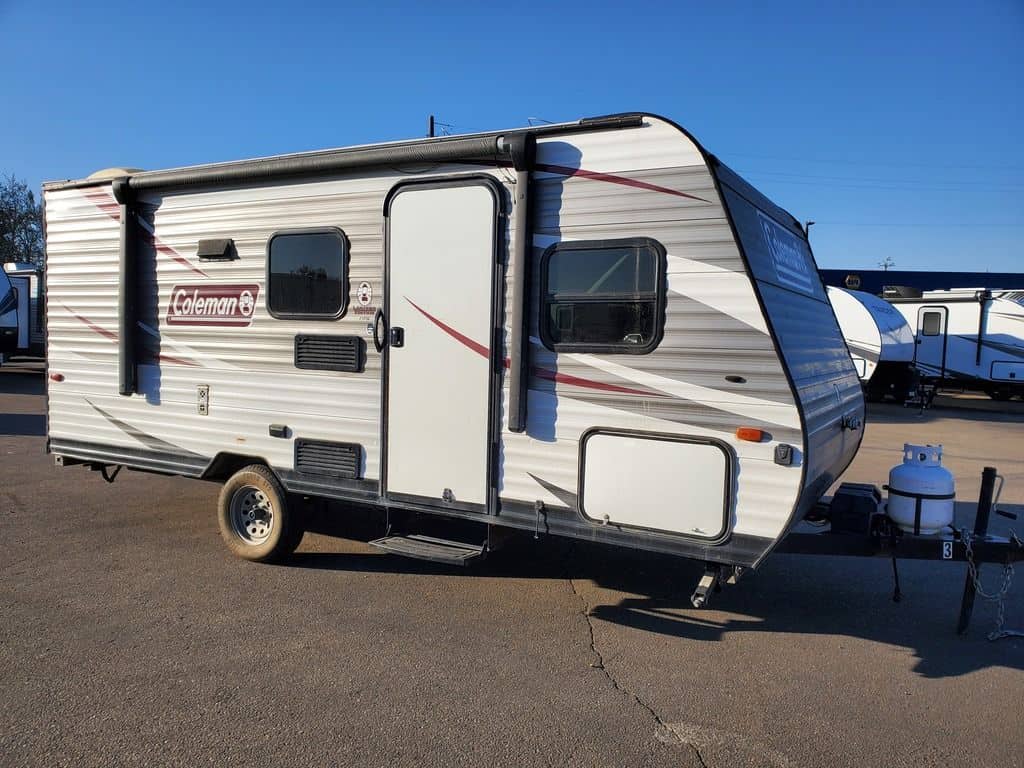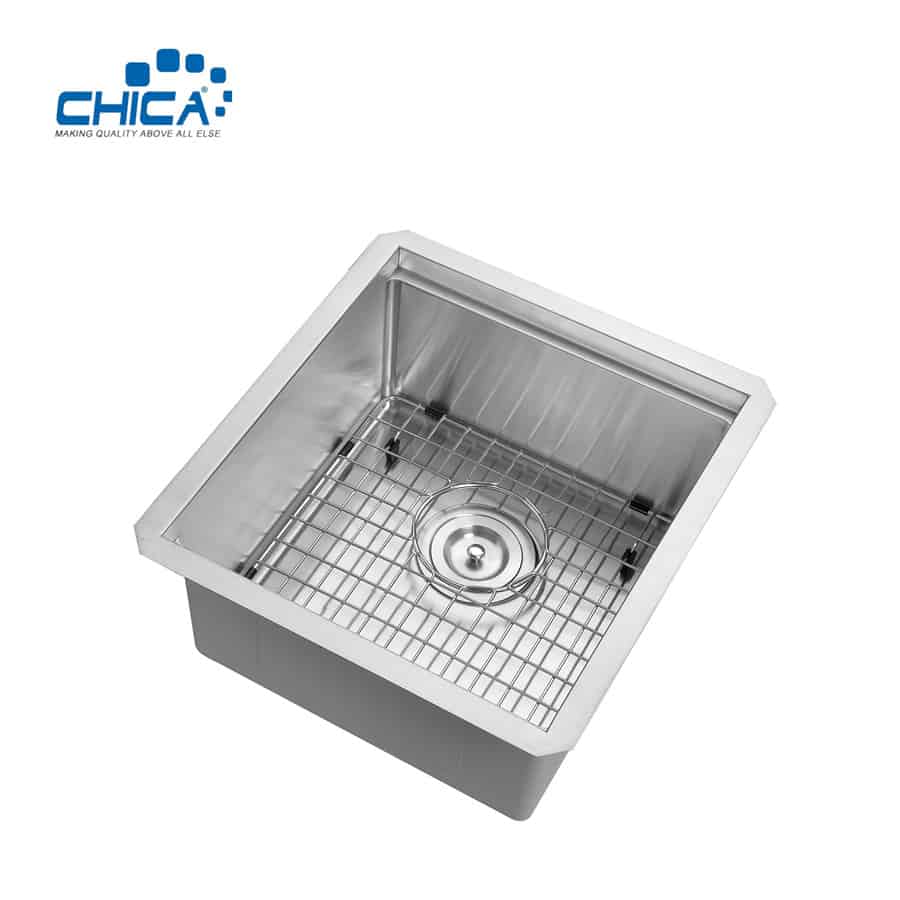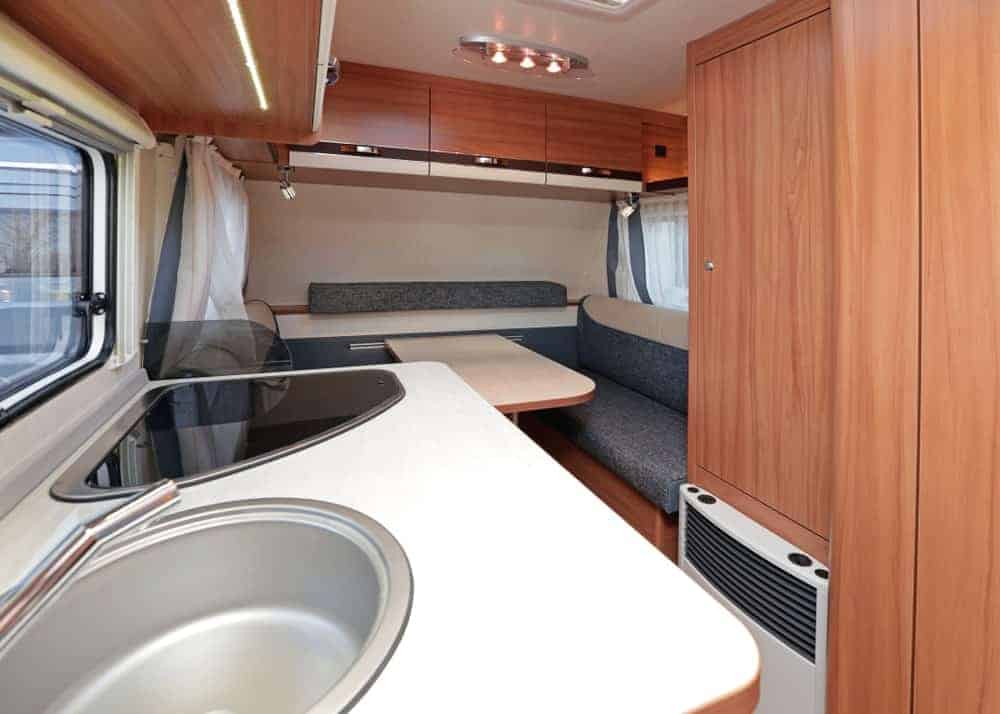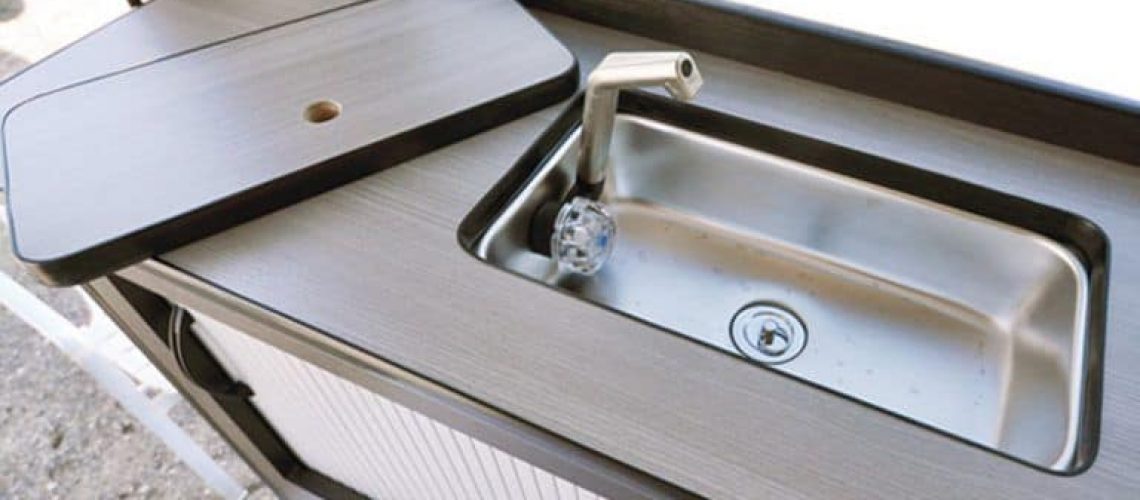Summertime makes owning an RV necessary. It’s the ideal time for family vacations, trips, and enjoying the outdoor environment to its fullest. An RV which is the acronym for Recreational Vehicle is a motor vehicle or trailer.
The Vehicle is large enough to take the family on a road trip and contains most of the amenities present in the home. Moreover, there is nothing special about it without all those amenities.
One of the most essential utilities in an RV is the sink where all washing and cleaning occurs while on the road trip. So, it should be among the first things to consider when buying or getting an RV.
In this article, we would look into the RV sinks and its types, the kind of materials used for making them, and factors to consider when buying them.
What is an RV?
Simply put, it’s a recreational vehicle is the ideal vehicle for family vacations and moving a large family across the country. The car becomes just like a regular ride if not fitted with the basic amenities. These include the sinks for washing dishes.
One advantage of using an RV for a road trip is that it helps reduce the number of stops made before reaching the vacation destination. With amenities like the kitchen, toilet, and bathroom, the journey becomes less worrisome and more relaxing.

There are different types of RV’s and they also come in different sizes. The types of RV’s include; campervans, motorhomes, popup camper, fifth-wheel trailers, travel trailer, truck camper, and caravans. Your choice of an RV depends on the size you are comfortable with, the size of your family, and your budget.
Also, there are classes of RV; Class A, B, and C. The classes are dependent on the size of the RV. Class A is the biggest, measuring nearly 45 feet in length. Class B looks more like a large van, making it the smallest of the three classes, and Class C measures between 20 to 34 feet.
Difference Between Regular Sink and RV Sink
So how does an RV sink differ from a regular sink? Read on, to get more insight into the world of sinks.
How is a regular sink different from an RV sink?
This one question we get most times as RV owners go shopping for sinks. There are a whole lot of differences between a sink for the Recreational vehicle and the home. Let us take a look at some of these differences.
Size:
The RV might be a large vehicle, but compared to the home, it is still a small space. True there are different sizes of RVs but the largest kitchen space on an RV does not compare to the same space at home.
RV sinks come in smaller sizes ideal for the smaller living space present on the travel trailer. This is to ensure that the sink does not take up too much space or end up making the trailer cramped.
Material:
True, both the RV sink and regular sink are both sinks and perform similar functions, there is a slight tweak in material for production. Some RV manufacturers fit the Vehicle with a plastic sink, while some other vehicles come with a low-grade stainless steel sink.
Sinks made from heavy materials are not ideal for making RV sinks. This is because RV’s are mobile homes, and excess weight would not favor its mobility, slowing the vehicle down.
While there is an extensive range of materials for manufacturing the regular sink, the RV sink has a narrower range of materials ideal for its manufacture.
Below is a list of materials used in the production of RV sinks;
- Plastic
This sink material is not only the commonest in the market but one of the cheapest. Hence, if your family does not have a large purse for sink upgrade or replacement, you may want to consider plastic RV sinks. However, you should know that they are prone to crack, break, or shatter on the slightest push.
- Acrylic
The acrylic material is like plastic although it does not break easily like plastic. It’s kind of shatter proof to an extent and comes in various patterns and color. They are also cheap but a bit more expensive than plastic. But you have to be mindful of fakes because they are available in large choice varieties.
- Stainless steel
This material suits an RV sink well as it can withstand so many wears and tears from rigorous usage. Hence, it can hold hot pots and water without discoloration.

Types of RV Sinks
When considering a change or replacement for an RV sink you have a wide variety of options to choose from. Also, when installing an upgrade, you can choose from any of the four types of RV sinks available in the market. These are Plastic, Acrylic, Stainless steel, and solid surface sinks.
Plastic sink material
Most RVs come with this material by default. They are inexpensive and easy to maintain. Made from plastic, this sink is a poor conductor ensuring dishwater retains its heat for long. It absorbs shock and does not damage dishware.
The major downside of this material, when used in making an RV sink, is the ease with which it gets damaged. Made from lightweight plastic material, this sink cracks, and breaks easily, and when this happens, the sink becomes useless.
Acrylic sink material
This is an upgrade from the plastic material. One major difference between this material and plastic is the increase in tensile strength. This material is shatterproof, durable, and does not drill a hole in the pocket. Available in different colors, this sink adds a fun element to your RV.
The downside to this sink is it is just an upgrade from conventional plastic. In other words, the cheaper the acrylic sink, the higher its tendency to crack and shatter when mismanaged.
Stainless steel
Steel known for its high level of durability is the go-to sink for a good recreational vehicle. Stainless steel formulated under high temperature and coated is a durable sink material. It resists rust and corrosion and can be custom-made to fit Recreational vehicles perfectly. Stainless steel has a high aesthetic quality which adds a touch of beauty to RVs. It retains its sheen over a long period too.
There are several manufacturers of stainless steel RV sinks and it becomes difficult choosing the right one as at first glance they all look alike. Let us discuss the qualities an ideal stainless steel sink should have, so it becomes easier for you to spot top-quality.
Steel attributes like gauge, grade, series, and radius determine the quality of a stainless steel sink. The gauge steel determines its thickness. Steel gauge ranges from 16 to 22. Gauge 16 is the thickest steel while 22 has the lowest thickness. The thicker steel, the higher its durability. This makes steel of gauge 16 the best for making durable RV sinks.
Grade deals with the proportion of chromium and nickel present in the steel formulation. This determines just how shiny the sink would be. 18/10 grade steel is ideal for making RV sinks as they have a moderate sheen.
The series of stainless steel is a very important parameter that determines the steel’s resistance to corrosion and rust. The steel of series 300 is ideal for making sinks as it has a higher rust resistance. But how do you differentiate a series 300 steel from another series?
We use the Magnet test. Series 300 steel does not attract magnets. So if a stainless steel product you want to buy attracts magnets, it is not series 300 and might not last long.
Lastly, sink radius describes the curve in the interior of the sink, a zero radius sink has right-angled corners where stains can hide as they are difficult to clean.

Solid surface sink
A solid-surface sink gives clients a feel for nature from right inside the RV. Chemically bonded to create a smooth look, a solid surface sink could contain stone, granite, or quartz. This sink is super-durable and adds beauty to the RV space.
The use of granite composite material is the current trend in RV sinks. This material contains granite and acrylic resins engineered to give it a uniform look. This material is compact and non-porous. This makes it impregnable to stain and easy to clean. It blends with the interior of the RV giving it a uniform look.
The downside of this sink is that it requires the services of a professional for its successful installation.
Having looked at what differentiates a regular sink from an RV sink, let us see factors to consider when buying an RV sink.
FILL IN THIS FORM TO REQUEST A QUICK QUOTE FROM CHICA DRAGON
Factors to Consider When Buying an RV Sink
Knowing the ideal material for making the ideal RV sink does not mean you would make the best decision when buying one. This is because there are some other factors to consider beyond sink material. Taking these factors into consideration would improve your decision-making as regards the best sink for your Recreational vehicle.
Material:
True, we have examined the major materials used for manufacturing RV sinks, but that’s just half the story. What should determine the sink material type gotten is the frequency of usage and area of use. Plastic and acrylic sinks are prone to stains and when used frequently get damaged.
Another factor to consider when choosing an RV sink material is the ease of maintenance. Maintaining a stainless steel sink and solid surface sink is easier than maintaining other materials. Washing or wiping the stain off their surfaces returns the sinks shine. The solid surface sink is ideal for families with little children. This is because it is scratch and chip resistant. Chips and scratches do not show on the face of this sink as compared to stainless steel sinks.
Size:
Under the size factor, the size of the family and sink has to be put into consideration. The size of a sink is a universal concern both in regular sinks. But it is more so in a recreational vehicle due to the small size of the vehicle.
The size of the RV determines the size of the sink that would suit it perfectly. Just like in conventional sinks, RV sinks also come in single and double bowls. Single bowl sinks are ideal for washing big pots and plates, while double bowl sinks are perfect for multitasking.
The size of the family that utilizes the RV should determine the size and kind of sink needed. A bigger family uses a bigger pot and a larger number of plates. Buying a small-sized sink for a big family might result in a waste of resources as the sink might not serve its purpose.
Clanging Sound:
Unlike the kitchen space at home, the RV is a smaller space with all amenities close to each other. The amount of sound made by the sink during use has to be put into consideration. Solid surface sinks like granite composite sinks are naturally soundproof. They make minimal noise in contact with kitchen utensils.
If the stainless steel material tickles your fancy, then ensure you fit it with extra padding and insulation. This might increase the general cost of the sink, but it would be worth it in the long run. The extra padding and insulation help stifle noise and sound, ensuring the RV remains quiet when the sink is in use.

Installation and Plumbing:
Plumbing is one factor that differentiates an RV sink from regular sinks. It involves the use of PVC or flexible pipes which differ from the metal pipes found in regular buildings. These flexible pipes make
Installing an RV sink is similar to installing a regular sink. The major difference is that while there are three methods of installing regular sinks; Drop-in, Under-mount, and Farmhouse, there are only two methods for RV sinks.
The drop-in installation method and Under-mount installation are the two ways of installing an RV sink. Drop-in sinks are easier to install. It involves dropping in the sink into a hole cut on the RV’s countertop. The sink rims help the sink stay hanging comfortably from the countertop.
Under-mount sinks on the other hand require professional installation. It involves installing the sink from underneath the countertop. This method of installation creates a seamless flow from the countertop into the sink. Making cleaning the kitchen area of the RV faster as transferring debris from countertop to sink easier.
Budget:
This is the almighty deciding factor when it comes to buying an RV sink. RV sinks differ in price, and the price is a function of sink quality. The amount of money set aside for buying a sink determines the kind of sink gotten. A higher sink budget is necessary for a higher quality sink.
Conclusion
Getting the perfect sink for the Recreational vehicle should be top on the list of things to do. There are different materials for producing an RV sink; Plastic, acrylic, solid surface, and stainless steel. They are all good materials and have their different pros and cons. Plastic and acrylic materials are inexpensive but are not as durable as the stainless and solid material sinks.
The stainless steel and solid surface sinks are our top picks as RV sinks as they maintain their quality over time. But when choosing an RV sink, the material is just one factor to put into consideration. The size of the sink and family, noise and vibration, installation, and plumbing needs consideration too.










